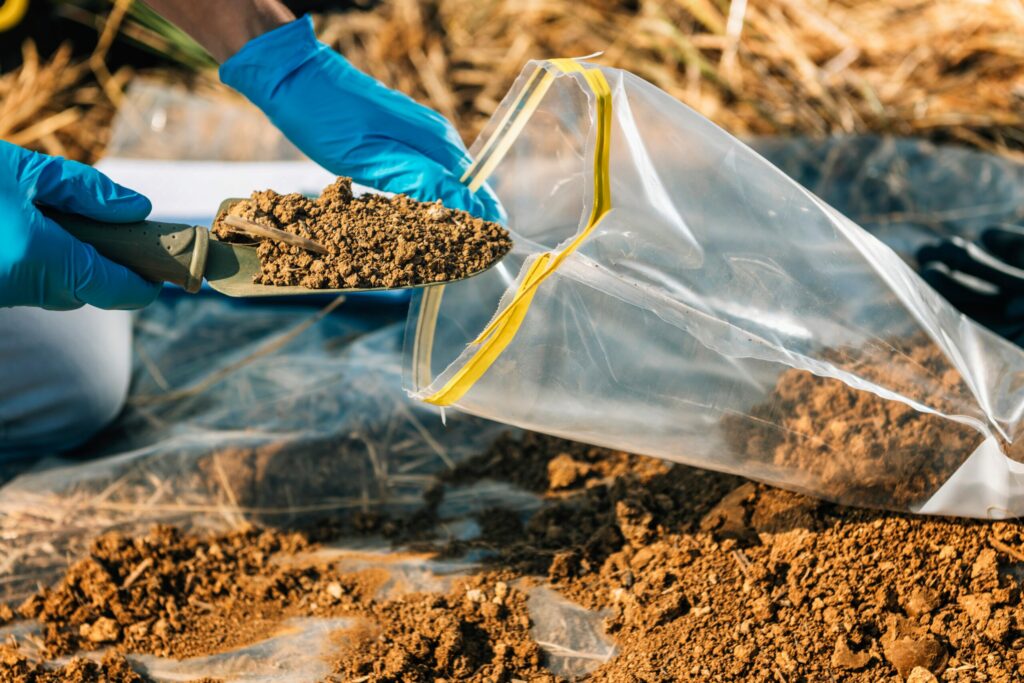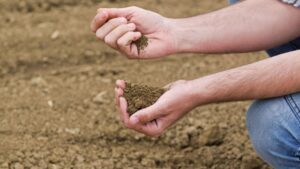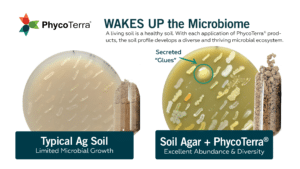No matter how well you know your farm, there are some risks that aren’t worth taking.
Planting blindly in the spring, without a soil test, is one of those risks. Why take a chance on your crop yield potential, ultimately impacting your profit for the year?
Historical data and experience are helpful, but a soil test is the only way to know what’s in your soil right now. From improving your soil, to identifying problem areas, soil tests help growers make an informed plan for planting.
Soil Tests Help Growers Identify Problems
Identify problems and improve your soil’s health before it’s time to plant. At the beginning of spring, take soil tests from both normal and abnormal sample areas. Then send them to a lab.
These samples can give you insight to any excess levels of nutrients, abnormal pH levels, low organic matter, drainage issues, or salt build up. Armed with this information, you can take steps to improve your soil’s health.
The Benefits of Healthy Soil
Once you know what’s in your soil, you can improve your soil’s health and quality. By working with your soil, you can improve your crop yield potential. Some benefits of healthy soil include:
- Reduce soil runoff or erosion
- Optimize crop yield potential
- Release locked-up nutrients in crop residue or within the soil profile
- Optimize conventional fertilizer inputs
- Optimize organic fertilizer inputs
- Manage healthy pH levels
- Support the soil microbiome
Once you’ve done one soil test, you’ll have the information needed to measure changes in soil conditions, establishing a baseline for what’s normal, and what needs improvement.
Then, utilizing crop input solutions to make those improvements.
Humic acids help with nutrient retention, chelation, and soil structure. Fulvic acids assist with nutrient retention, plant absorption, and chelation. Seaweeds and kelps are plant biostimulants and aid in abiotic stress management. Enzymes and inoculants provide specific reactions in the soil and perform a specific function (i.e.. phosphatases release bound phosphorus in a plant and microbe available form).
A carbon-rich microbial food can , improve soil texture and structure, increase water holding capacity, reduce abiotic stress and ultimately increase crop yield potential by increasing the abundance and diversity of the soil microbes.
Ultimately, Healthy Soils = Healthy Profits
A soil test is a good idea each growing season, but it’s essential if it’s been within five years since your last test. Experts suggest conducting a soil test every two years for annuals, or more frequently on a year-to-year basis if trying to understand the impacts of new input applications or agricultural practice changes.
Note: Conducting a soil test can be a lengthy process. Gathering samples, receiving and interpreting results, and purchasing products to support your soil’s health and quality takes time, around 2 to 3 weeks depending on your soil lab.
Soil is a diverse and changing ecosystem. It’s important to test regularly to make informed decisions to support healthy soil, and crop yields.









